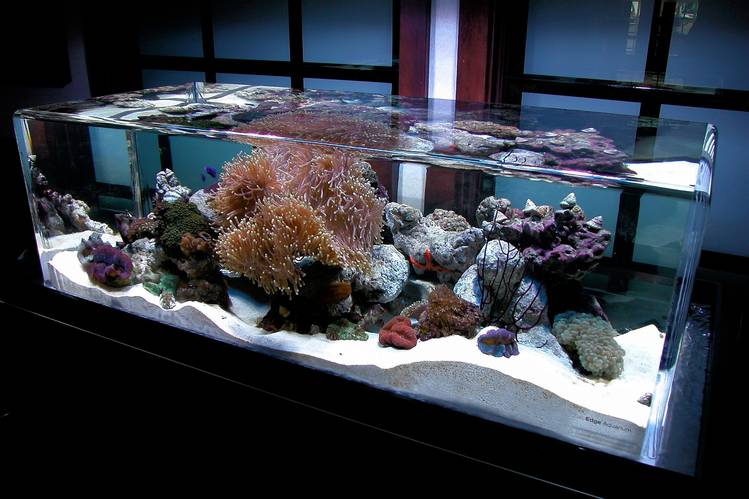Air Pumps
Since fish extract oxygen from the water, the main function of an air pump is to create water movement that will increase the available oxygen. Air stones are attached to the air pump via airline hosing and a check valve. The check valve ensures that the air travels in the right direction and stops the water from backing up should the pump stop working.
Filters
Filters are critical as they maintain water quality which is necessary for the survival of the fish. There are three types of filtration:
- Mechanical – Removes floating particles such as fish waste and uneaten food.
- Chemical – Activated carbon removes odors, gases and water discoloration.
- Biological – Provides a surface for the beneficial bacteria to grow. Beneficial bacteria are needed to remove harmful toxins such as ammonia from the water.
Heaters
Heaters maintain a steady and stable water temperature which is crucial for healthy fish. Fish are ectotherms (cold blooded). Their body temperature is determined by their environment. Warmer water increases their metabolism and disease resistance as well as improves their appetite.
Ideal temperatures can vary based on the type of fish you have, but for most species the ideal is in the range of 78° F – 84° F. Determine the proper heater size by providing 3-5 watts of power per gallon of water. For example, a 30 gallon tank needs a minimum 90 watt heater.
Hoods & Lighting
Aquarium hoods slow the water evaporation process, prevent active fish from jumping out of the aquarium and prevent dust particles from contaminating the water. In addition to the hood, some form of supplemental lighting is needed to view your fish. Room lighting does not penetrate water easily.
Plants & Décor
Plants and décor provide hiding places for the fish and add to the beauty of the tank. Plastic plants are a common decorative choice, available in many different colors and sizes. Plastic plants are a good choice for goldfish and many freshwater fish as they tend to uproot and consume more expensive live plants.
You need 1-2 lbs of gravel per gallon of water. Gravel is essential to help hide waste at the bottom of the tank, and it’s available in multiple colors to help you personalize your aquarium’s look.
Food
The majority of fish are omnivores; this means that they eat both plant and animal matter. The most popular types of food are flakes and pellets. They come in a variety of colors, compositions, textures and sizes. Feed your fish 2-3 times per day – but just a small amount. It’s very easy to overfeed your fish, which only leads to a messy tank when uneaten food is floating around.
Conditioners
Your basic water conditioner neutralizes harmful chlorine, chloramines and heavy metals in tap water and adds a protective slime coating to the fish. Use water conditioner whenever you change water in your tank. Replace about 25% of the water monthly.


Leave a Reply